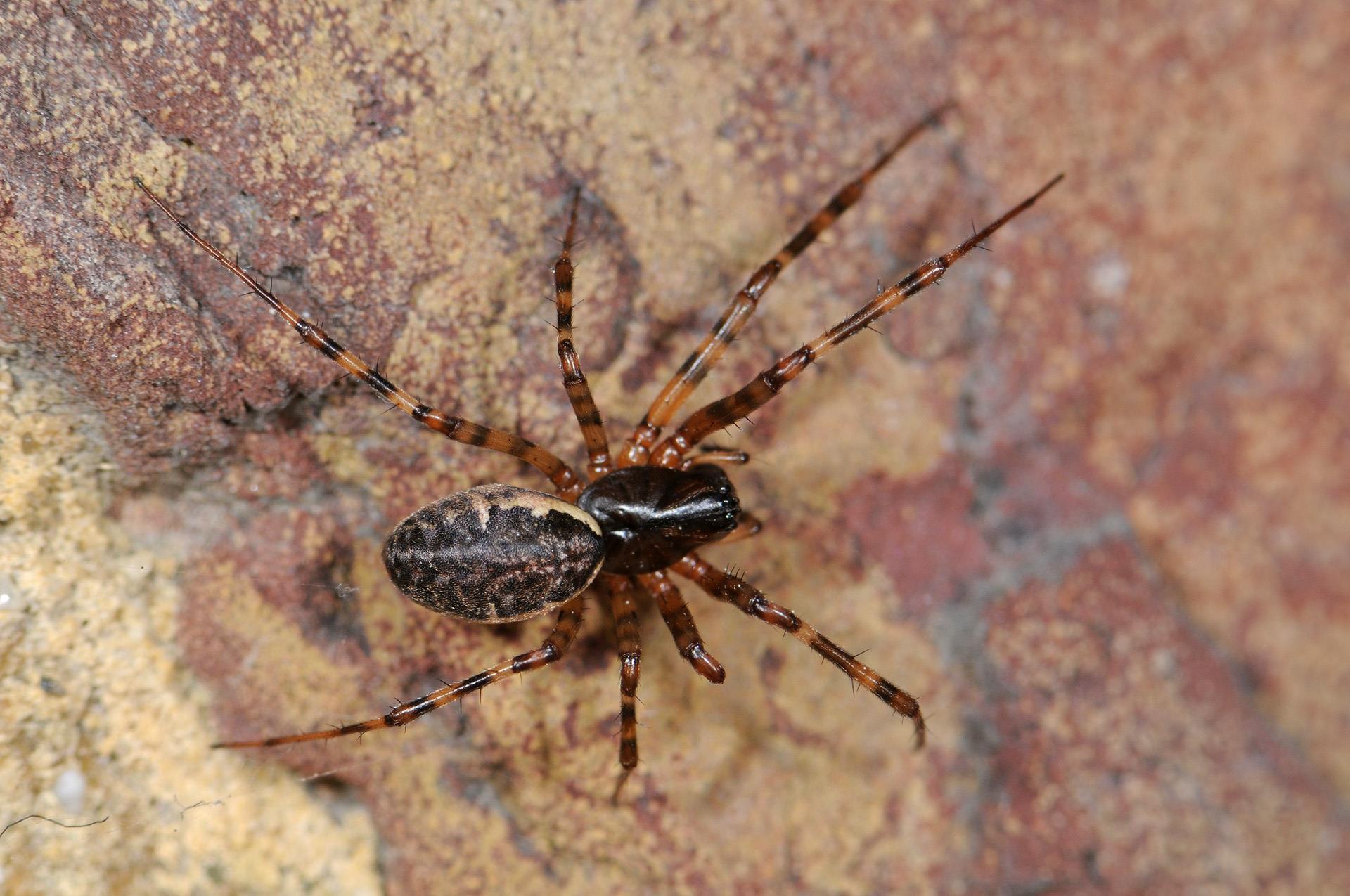
The Hammock Weaver Spider, also known as the Hammock Spider or the Garden Spider, is a fascinating arachnid that can be found in various parts of the world. Named for its unique web-building behavior, this spider creates hammock-like structures that have captivated scientists and nature enthusiasts for decades. In this article, we will explore 10 captivating facts about the Hammock Weaver Spider, shedding light on its behavior, habitat, and remarkable adaptations. From its intricate web-building techniques to its intriguing hunting methods, the Hammock Weaver Spider is a creature that continues to amaze and intrigue both researchers and nature lovers alike. So, let’s dive into the fascinating world of this incredible arachnid and discover what makes it truly remarkable.
Key Takeaways:
- Hammock Weaver Spiders are skilled architects of the arachnid world, weaving intricate hammock-shaped webs and collaborating for survival, showcasing their exceptional weaving skills and cooperative behavior.
- These stealthy predators play a crucial role in maintaining ecological balance by controlling populations of pests, contributing to the overall health and equilibrium of the ecosystems they inhabit.
Exceptional Weaving Skills
The Hammock Weaver Spider, scientifically known as Plesiometa argyra, has gained recognition for its exceptional weaving skills. It constructs intricate hammock-shaped webs, exhibiting a unique architectural prowess that allows it to capture its prey effectively.
Collaboration for Survival
Unlike many solitary spiders, Hammock Weaver Spiders showcase an intriguing cooperative behavior. They often share and build their intricate webs in close proximity, forming clusters that provide collective protection and enhance hunting efficiency.
Stealthy Predators
These spiders are stealthy hunters, patiently waiting for their prey to become entangled in their well-designed hammock webs. Their unique positioning within the web allows them to swiftly detect vibrations caused by insects, ensuring a prompt capture.
Natural Habitat
Hammock Weaver Spiders can be found in various habitats across the world, including forests, meadows, and gardens. They prefer locations with an abundance of vegetation and foliage, as it provides the ideal structure for their hammock-like webs.
Coloration and Camouflage
Their coloration varies from species to species, with most displaying shades of brown, black, and gray. This helps them blend seamlessly into their surrounding environment, camouflaging themselves from potential predators and unsuspecting prey.
Meticulous Reproduction
Female Hammock Weaver Spiders lay a cluster of eggs in a silk pouch attached to their web. They diligently guard and protect the eggs until they hatch, ensuring the survival of the next generation of skilled web-weavers.
Notable Species
One notable species of Hammock Weaver Spider is the Plesiometa argyra, commonly found in North America. Its mesmerizing silver markings on its abdomen make it stand out among its peers, adding an extra touch of allure to its already fascinating presence.
Dietary Preferences
These spiders predominantly feed on small insects, such as flies, mosquitoes, and ants, that get caught in their intricately woven hammocks. Their webs act as highly efficient traps, ensnaring unsuspecting prey and providing nourishment for the spiders.
Solitary Lifestyle
While they may collaborate in web-building, Hammock Weaver Spiders generally lead a solitary lifestyle. They tend to establish and maintain their own territories within their chosen habitat, minimizing competition and maximizing their chances of survival.
Ecological Importance
As predators of small insects, Hammock Weaver Spiders play a crucial role in maintaining ecological balance. They help to control populations of pests, contributing to the overall health and equilibrium of the ecosystems they inhabit.
Embrace the wonders of nature with the 10 Captivating Facts About Hammock Weaver Spider. These skilled architects of the arachnid world, with their intricate weaving abilities and cooperative behavior, have secured their place in the fascinating realm of wildlife.
Was this page helpful?
Our commitment to delivering trustworthy and engaging content is at the heart of what we do. Each fact on our site is contributed by real users like you, bringing a wealth of diverse insights and information. To ensure the highest standards of accuracy and reliability, our dedicated editors meticulously review each submission. This process guarantees that the facts we share are not only fascinating but also credible. Trust in our commitment to quality and authenticity as you explore and learn with us.


